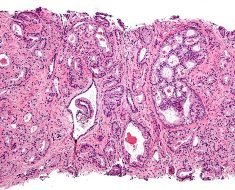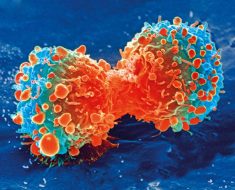New research could help explain why stress early in life can create vulnerabilities to mood and anxiety disorders later on.
The study, led by researchers at The Ohio State University, was presented Nov. 5 in San Diego at the annual Society for Neuroscience meeting, and highlights the important role of mast cells.
“These are immune cells involved in allergic reactions that historically were largely ignored by neuroscientists, but now we’re finding in rodent models they could be responsible for some of the changes we see in neurodevelopment after a childhood trauma,” said Kathryn Lenz, the study’s senior author and an assistant professor of psychology at Ohio State.
Study lead author Angela Saulsbery said that she’s especially interested in how this research might begin to draw molecular-level connections between adverse childhood experiences and adolescent and adult depression and anxiety.
“Mast cells may also be a viable target for prophylactic drugs that help prevent these psychological disorders in children who experience these traumatic events,” Saulsbery said.
The researchers compared stressed rats to unstressed rats, and also compared animals based on sex. And they looked at the effects of prenatal stress, a single stressor after birth and chronic stress.
“We found that stress at different times had different effects—chronic exposure to stress is where we saw the significant differences in mast cell activity in the brain,” Lenz said, adding that those animals had 30 percent more of the immune cells than their unstressed counterparts.
Chronic stress in the animals included being left alone without their mothers for periods of time.
Male animals had more mast cells overall, which is interesting because there is evidence that, in humans, males may be more vulnerable to serious problems stemming from early childhood trauma, Lenz said.
This new work in the Lenz lab focused on determining if stress contributes to a more permeable blood-brain barrier, which might explain the surge in mast cells. These cells release histamine, a chemical usually associated with allergic responses, that could potentially alter brain development.
“Our lab is interested in early life stressors and how they impact mast cell function. We’re trying to better understand how exposure to adverse childhood experiences might lead to problems later in life,” said Lenz, who is part of the Institute for Behavioral Medicine Research at Ohio State’s Wexner Medical Center.
Source: Read Full Article





